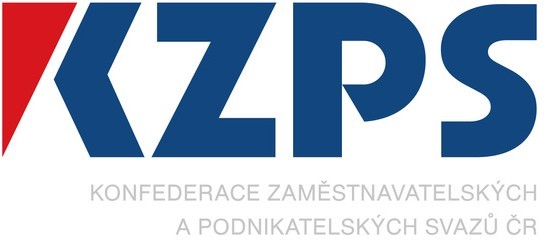Czech Business Today
Fast Track to Innovation – New H2020 Tool to Foster Innovations in EU
During the negotiations on Horizon 2020 programme, the European Parliament ensured that a novel instrument called “Fast Track to Innovation” (FTI) will be introduced. This pilot scheme will involve open calls with a bottom-up driven approach: participants from any sector will be able to submit an R&I project at any time. The procedure should also shorten the time to grant EU money, allow smaller consortia to speed up time from transforming an idea into a market solution and to increase participation of first-time applicants.
The aim of FTI is to stimulate private sector investment, promote research and innovation with a focus on value creation and accelerate the development of technologies into innovative products, processes and services. Now it is up to the Commission to transcript the idea into the legislation. CEBRE with cooperation of CZELO and Czech Permanent Representation to the EU held an event dedicated to this topic on 12 November, 2013 in Brussels. Šárka Brábníková from the Czech Permanent Representation to the EU informed that FTI was a new scheme to be introduced on a pilot basis in 2015-2016 and evaluated within the scope of the mid-term review of H2020 in 2017. “For the sake of a fast procedure, 6 months’ time-to- grant from cut-off date is key, participation of companies in consortia must be ensured and the evaluation must be one- stage”, stressed Christian Ehler, member of ITRE Committee. He also pointed out that there was a need for a flexible instrument that was close to market and technology driven.
The FTI will be open to any legal entity – consortia of no more than 5 participants. Muriel Attané of EARTO recommended that the FTI should not be a fast track to grant but a fast track to impact instrument. “H2020 can be a strong engine for growth in Europe if we allow European businesses to increase their participation in the Framework Programme”, said Bettine Gola of EUROCHAMBRES and called upon the Commission to support exclusively close-to-market projects using the project impact as a primary evaluation criterion.





